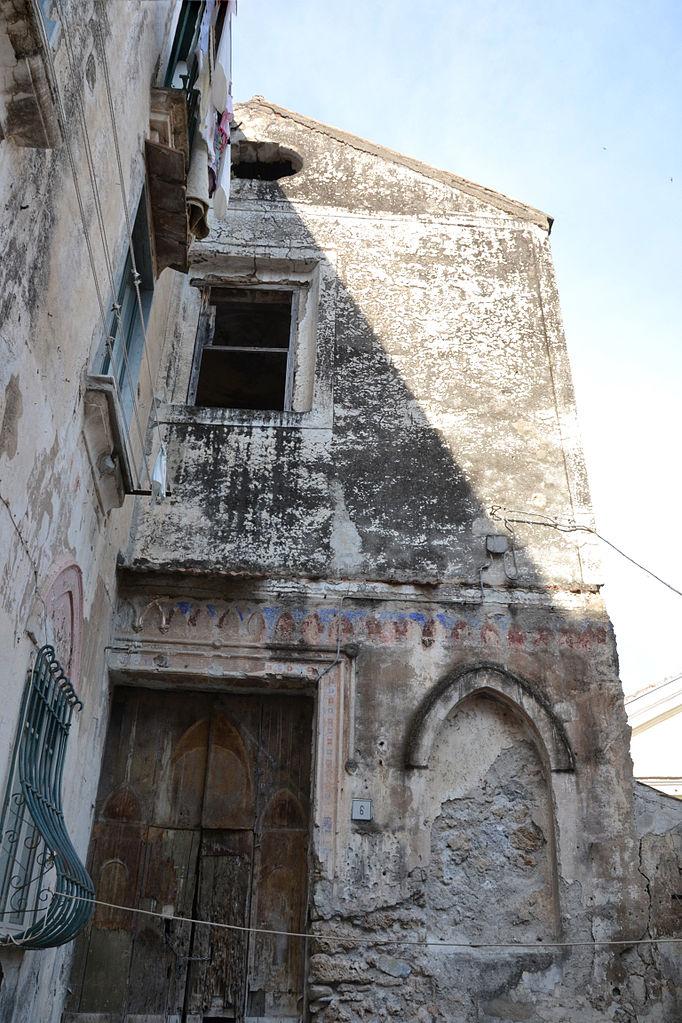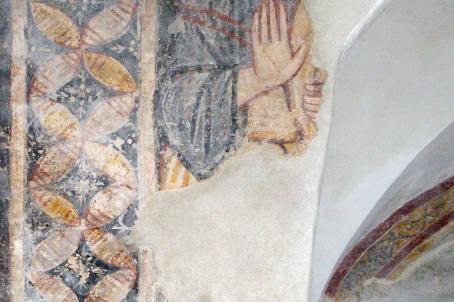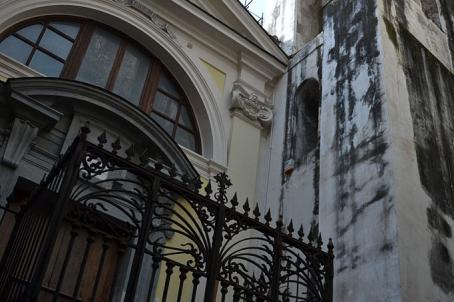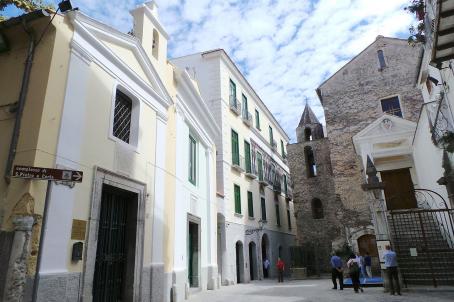Church of Santa Maria de Alimundo
The church of Santa Maria de Alimundo was first mentioned in 992, but the present building owes much to a reconstruction in 1731. In 1812 it was abolished as a parish. Used as a school building, then for various public and private purposes, the church was finally completely abandoned at the beginning of the 20th century, a state in which it is still in today.






